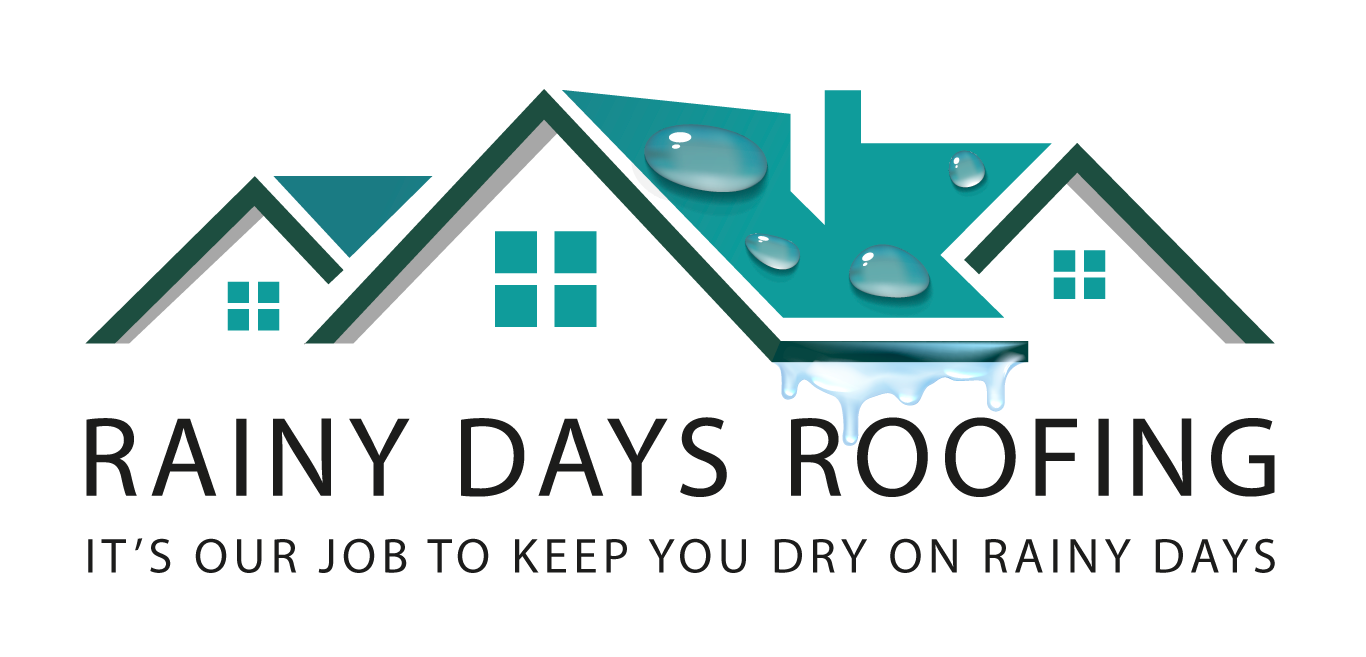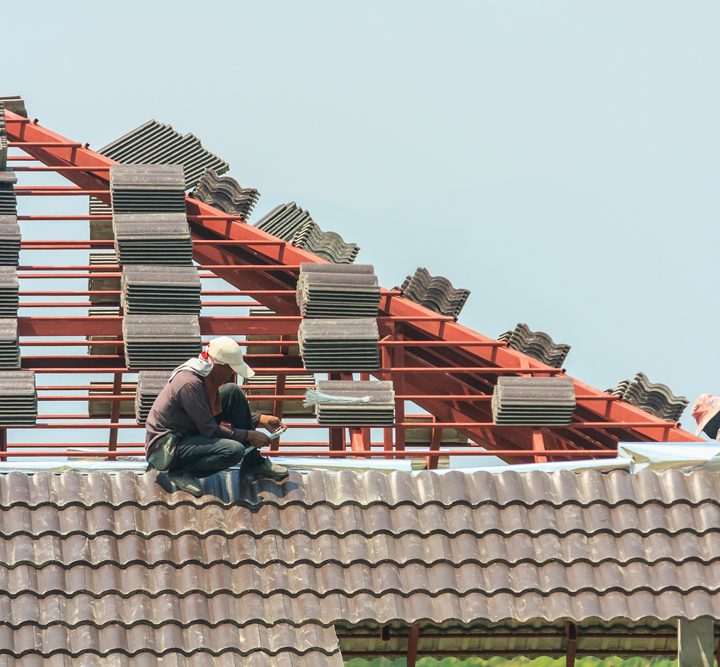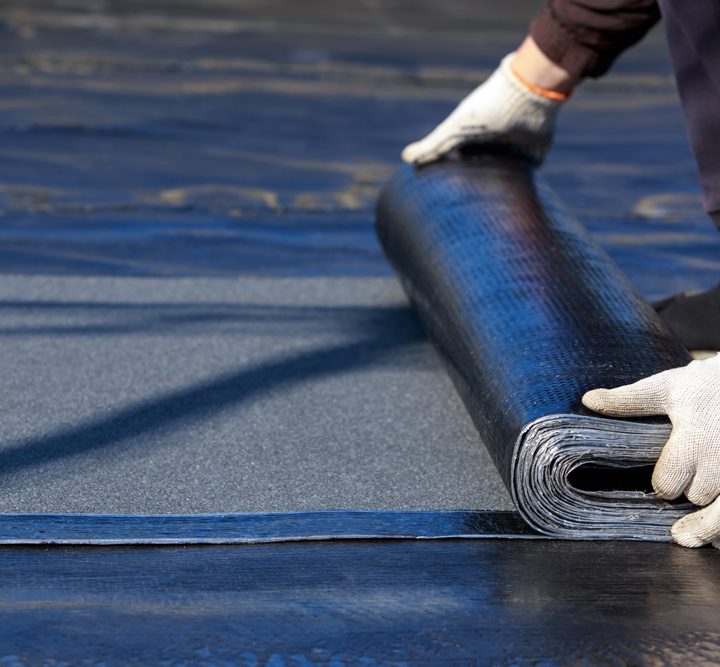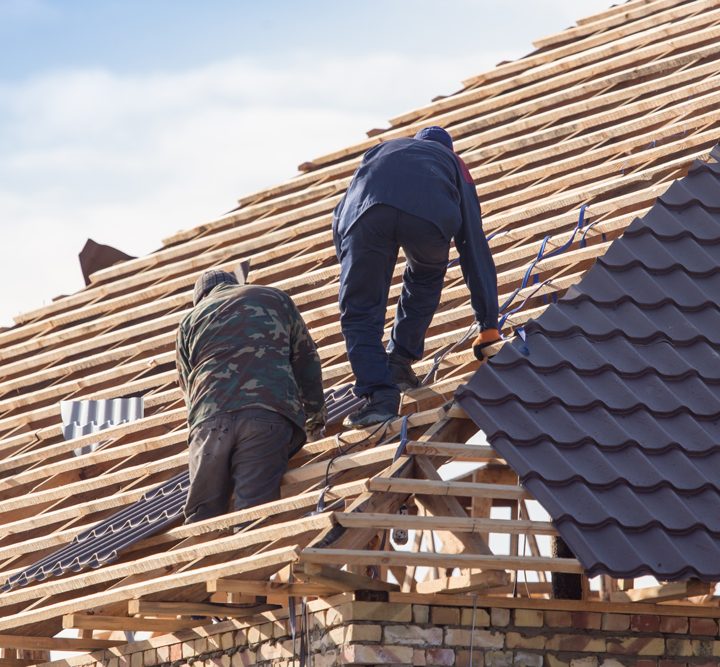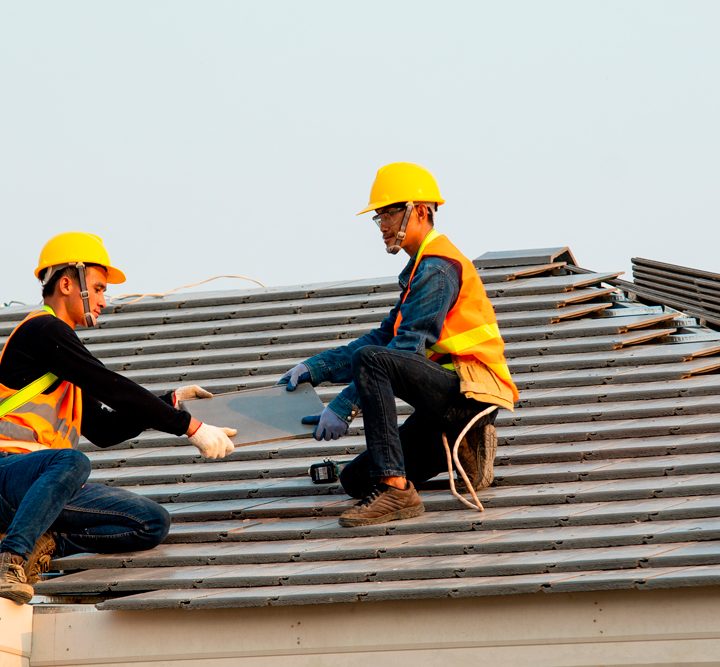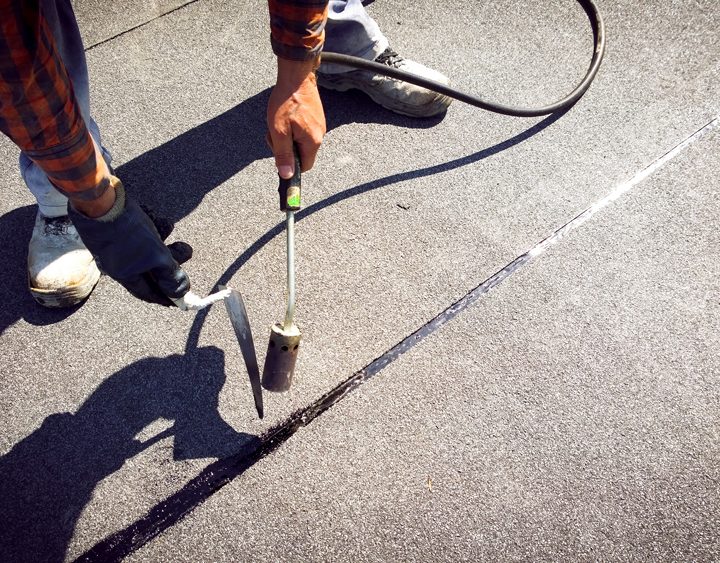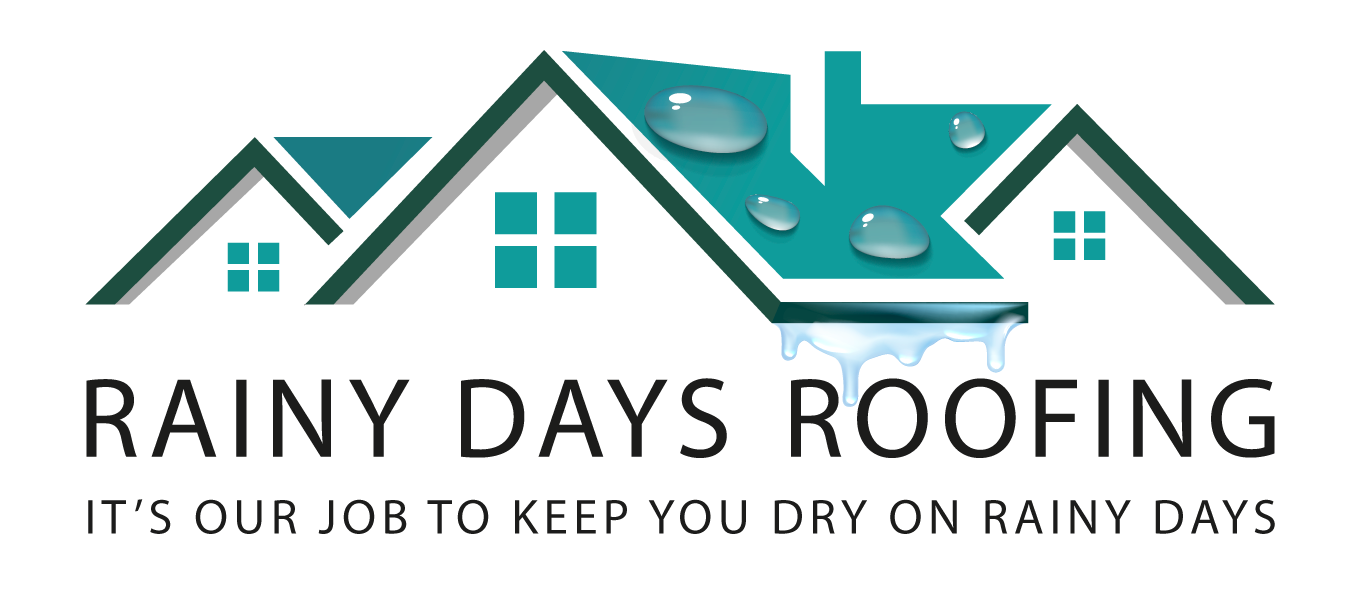Birds Nesting in Roofs: Is Your Home at Risk This Spring?
As the spring season arrives in London and Essex, nature comes to life—trees bud, flowers bloom, and birds begin searching for the perfect nesting spot. Unfortunately, that spot might just be your roof. While charming at first glance, birds nesting in your roof can cause more harm than you might expect. From blocked ventilation to damaged roof tiles and insulation, the problems can quickly escalate. In this article, we’ll explore how to identify nesting activity, what risks it poses, and what steps you can take to protect your home from birds nesting in roof areas.
Why Birds Choose Roofs to Nest

Roofs provide warmth, shelter from predators, and easy access for birds during nesting season. The most common entry points include:
Broken or missing roof tiles
Gaps in fascia or soffits
Damaged vents or chimneys
Loose flashing or lifted eaves
Birds such as starlings, pigeons, sparrows, and even jackdaws are common nesters in UK homes. Once they settle in, nests can remain active for weeks or even months.
Signs of Birds Nesting in Your Roof
Not sure if you have a bird problem? Look for these indicators:
Scratching or chirping sounds, especially in the early morning.
Debris (twigs, feathers) near roof edges or gutters.
Bird droppings on walls, windowsills, or patio areas.
Birds entering and exiting the same spot on your roof repeatedly.
If you notice any of these signs, it’s best to investigate quickly before a minor issue becomes a major repair.
Potential Damage Caused by Nesting Birds
While birds themselves aren’t aggressive, their nests can lead to multiple forms of damage:
1. Roof Structure
Nesting materials can clog ventilation systems.
Moisture can accumulate, leading to rot and mould.
Loose or broken tiles can worsen due to repeated entry and exit.
2. Gutters and Drainage
Nests can block gutters, causing overflows and water damage.
Bird droppings are acidic and can corrode metal components.
3. Insulation and Loft Areas
Birds may tear insulation for nesting.
Nesting increases the chance of mites, fleas, and other pests.
4. Health Risks
According to the British Pest Control Association, bird droppings can carry diseases such as histoplasmosis, salmonella, and E. coli, posing serious health risks to occupants.

When to Call a Professional

If you suspect active nesting, or if bird-proofing isn’t something you’re comfortable doing, reach out to roofing specialists or pest control experts. A professional can:
Conduct a safe inspection.
Advise on legal and humane solutions.
Install long-term deterrents without damaging your roof.
Conclusion
While birds bring the joy of spring, they can also pose hidden risks when they nest in your roof. By spotting the signs early and taking preventative steps, you can avoid costly roof repairs, protect your insulation, and stay compliant with UK wildlife laws. For residents in London and Essex, Rainy Days Roofing offers expert advice, inspections, and preventative solutions tailored to your property.
Don’t wait until a simple chirp turns into a structural issue—schedule your roof inspection this spring and keep your home bird-free and protected.

Author

